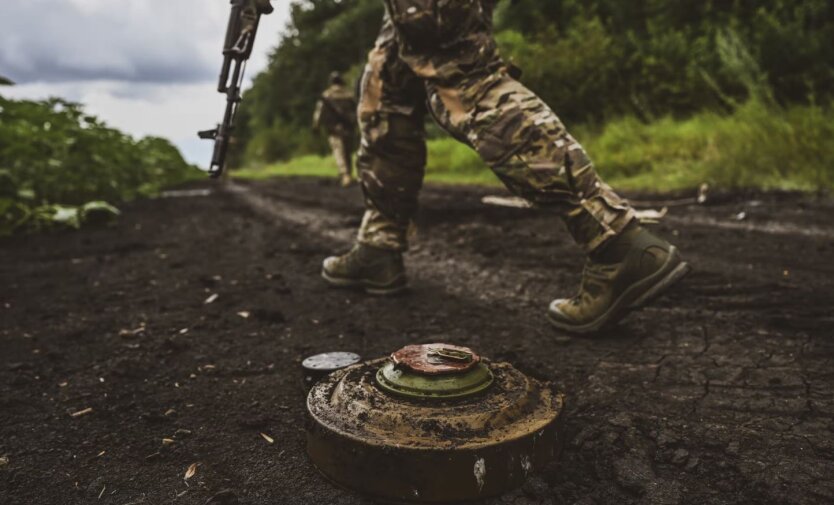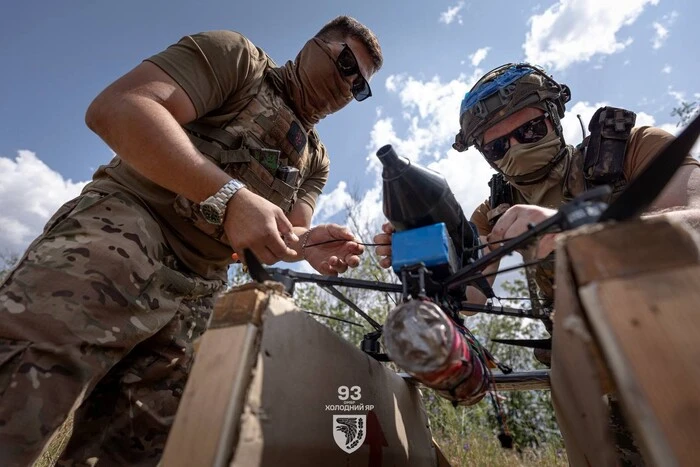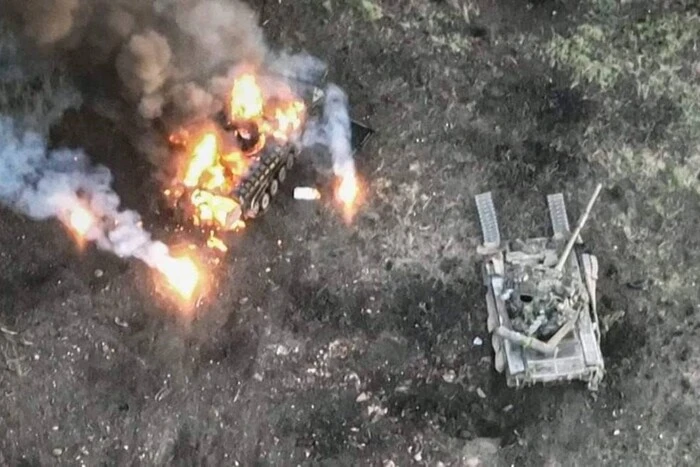Europe changes course: neighboring countries of the Russian Federation refuse to ban anti-personnel mines.


Several Eastern European countries have decided to withdraw from the Treaty on the Prohibition of Anti-Personnel Mines amid escalating military threats from Russia. The Latvian Parliament has already supported this decision. An activist organization has deemed these actions by the countries a step backward. This treaty prohibits the use, production, and accumulation of mines that are used against people.
According to statistics, between 70% and 85% of people affected by landmines are civilians, of which nearly half are children. Thus, this weapon proves to be dangerous and unpredictable.
Countries that have decided to withdraw from the treaty include Latvia, Lithuania, Estonia, Poland, and Finland. The reason for this decision is Russia's active use of landmines in the conflict in Ukraine, making this country the most mined in the world.
Finland has also joined the countries intending to withdraw from the treaty on anti-personnel mines. This decision is justified by the need for the country to flexibly prepare for changes in the security sphere.
It is worth noting that information about 'smart anti-personnel mines', able to limit harm to civilians, has turned out to be disinformation. Even those mines that have self-destruction mechanisms cannot distinguish between civilians and military personnel. Furthermore, the failure rate may be up to 10%, indicating uncertainty about the detonation of the mines.
This decision by the countries to withdraw from the treaty is critical in the context of the rising number of casualties from conflicts in Syria, Myanmar, and Ukraine. The reduction in mine clearance funding threatens projects worldwide.
Analysis
The decision by Eastern European countries to withdraw from the Treaty on the Prohibition of Anti-Personnel Mines reflects an increasing threat from Russia and the desire of these countries to ensure their security. Based on statistics, landmines pose a serious threat to the civilian population, especially to children. This decision also indicates uncertainty about anti-personnel weapons that do not always recognize their targets and may not function properly. However, withdrawing from the treaty could lead to even greater danger and an increase in casualties. Reductions in mine clearance funding also threaten the safety of people in conflict zones. Therefore, in addition to withdrawing from the treaty, it is necessary to seek other ways to ensure safety and protection from landmines.
Read also
- Rutte voiced the scenario of a simultaneous NATO war with China and Russia
- Frontline situation as of July 5, 2025. Summary of the General Staff
- Are there battles in Dnipropetrovsk region? The Armed Forces of Ukraine reported on the situation in the region
- Trump announces negotiations with China regarding the TikTok deal
- Putin wants to go all the way and kill people: Trump commented on the conversation with Zelensky
- Enemy losses as of July 5, 2025 – General Staff of the Armed Forces of Ukraine










